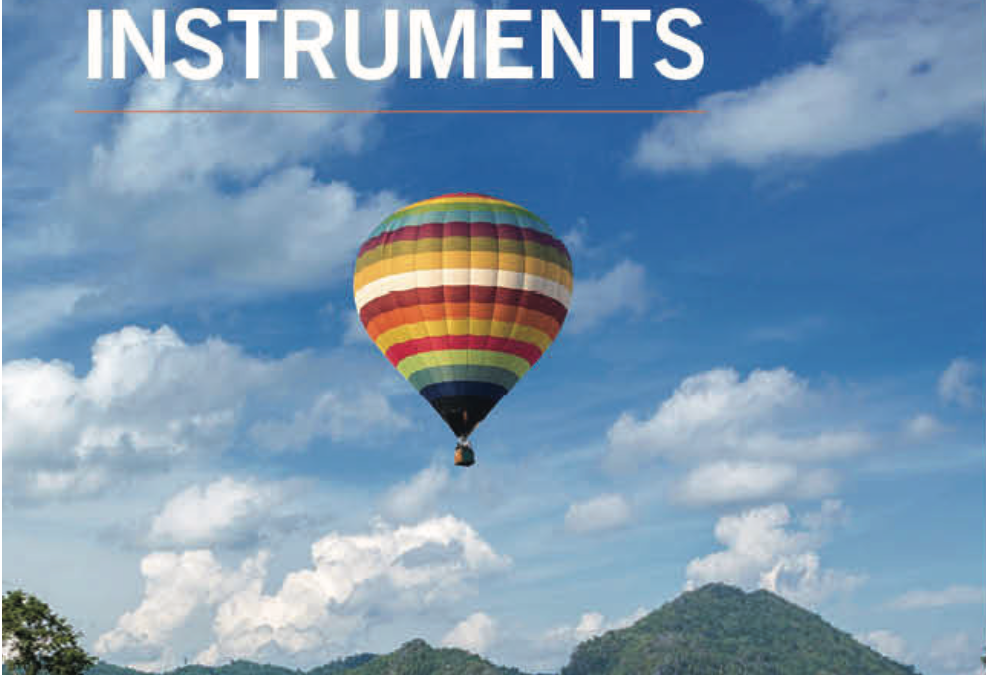Books about weather are among the best gifts you can give to a weather geek. Although most of them already know how the weather works, they will love to have it for their collection or additional knowledge.
Books about the weather can also be an excellent present for yourself if you want to learn how the weather works. Here’re some books about the weather.
Cosmos by Carl Sagan is one of the bestselling science books of all time.
In a realistic sequence, Sagan reveals a precious blue world inhabited by a life form that is just beginning to discover its own identity and venture into the vast ocean of space.
Cosmos retraces the fourteen billion years of cosmic evolution that have transformed matter into consciousness, exploring such topics as the origin of life, the human brain, Egyptian hieroglyphics, spacecraft missions, the death of the Sun, the evolution of galaxies, and the forces and individuals who helped to shape modern science.
This is a great book for newbies to understand how the universe started before learning how weather works and the physics behind it.
Weather by Seymour Simon is an essential book about the weather that’s perfect for newbies. You will learn about the weather and enjoy learning about it at the same time.
This book about the weather can be used to teach children too.
Ever wonder what makes the wind blow? Or where clouds come from, or rain? Every day you experience weather, but why do you experience the weather you do? Explore weather, a subject that changes every day, with award-winning science writer Seymour Simon.
Weather: A Concise Introduction is from a great team at the Department of Atmospheric Sciences at the University of Washington, Seattle.
Weather: A Concise Introduction is an easy-going and beautifully illustrated book about weather covering the foundations of meteorology in a brief, clear, and engaging manner. It is tailored to provide readers with a strong foundation in the processes taking place in the atmosphere.
This book features a single case study of a mid-latitude cyclone which is referred to throughout the whole book to explain the basic principles driving atmospheric activities.
This is an ideal textbook for university students because the progression of the topics will help you understand meteorology better.
Weather For Dummies is a book about weather, written by the award-winning science writer John D. Cox. He brought the science of meteorology down to earth with the help of cool maps and charts and extraordinary photographs of weather conditions.
What’s going on up there when the rain falls, when the wind blows, when the clouds roll in, or when the lightning flashes? How do hurricanes arise, and how do tornadoes form? Why do seasonal conditions sometimes vary so much from one year to the next? These are some of the exciting things you will learn as you read this great book about weather.
Eric Sloane’s Weather Book is a book about the weather that explains the whys and wherefores of climate and weather forecasting — and does it interestingly.
With humor and common sense shining through in a book that’s also lively and informative, Sloane shows readers how to predict the weather by “reading” such natural phenomena as winds, skies, and animal sounds.
This beautifully illustrated and practical treasure trove of climate lore will enlighten outdoorsmen, farmers, sailors, and anyone else who has ever wondered what a massive halo around the moon means, why birds “sit it out” before a storm, and whether or not to take an umbrella when leaving the house.

Understanding Weather & Climate, Global Edition is a book about weather written by Ed Aguado and Jim Burt. They have a way of writing that makes it much easier to learn the basics about the weather and climate change.
This book about the weather has an integrated approach, avoiding many complicated equations. This book gives a great overview of the weather with accompanying videos and interactive learning tools to enhance the learning experience.
This book illustrates meteorology and climatology using everyday occurrences and inspired technology tutorials to engage students in learning about atmospheric processes and patterns.







